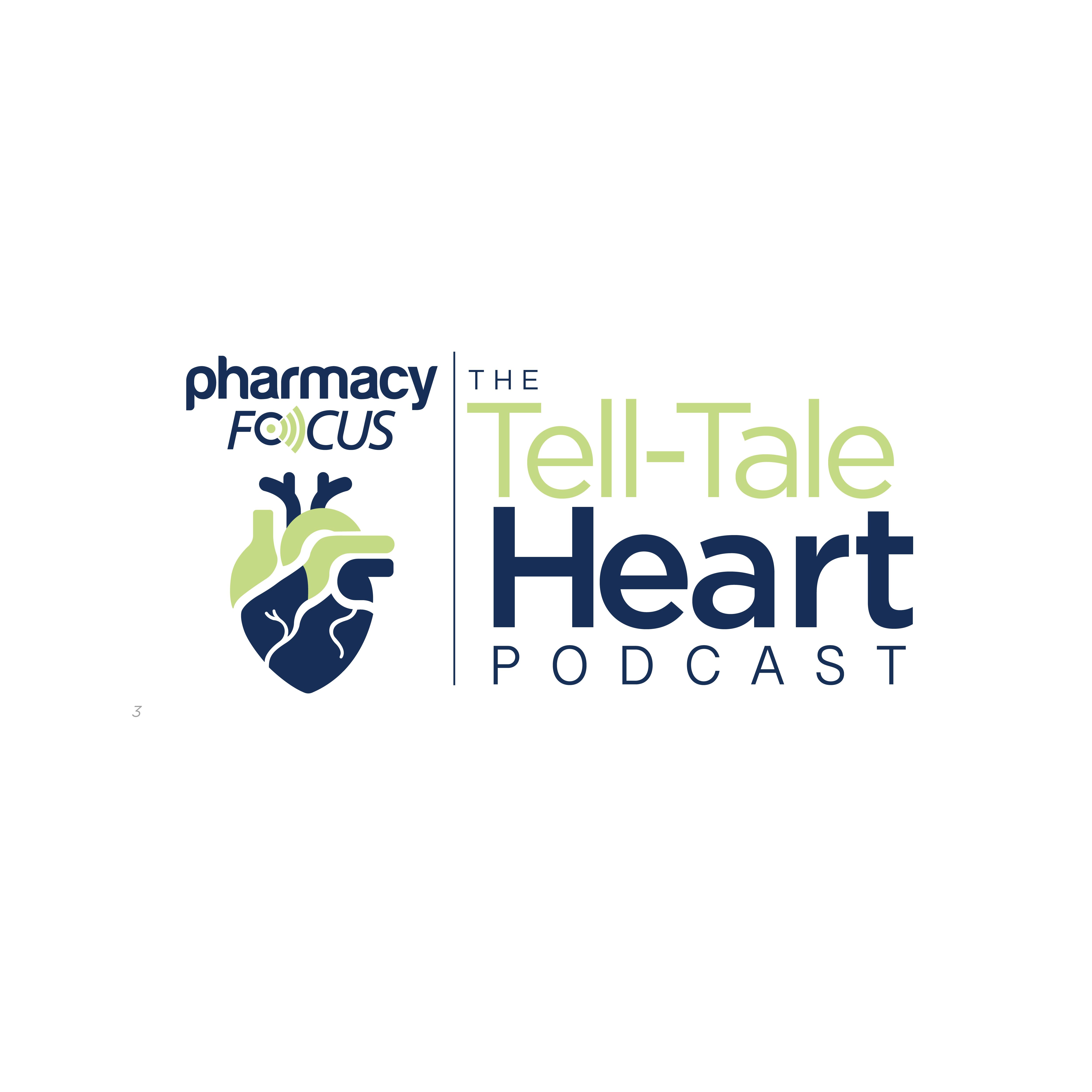News
Article
Weekly Mim8 Effective in Pediatric Hemophilia A With and Without Inhibitors
Author(s):
Key Takeaways
- Mim8 demonstrated efficacy and tolerability in children with hemophilia A, reducing bleeding episodes and improving quality of life.
- Caregivers showed a strong preference for Mim8 over previous therapies, with 98% favoring it and 73% expressing a strong preference.
The new data demonstrates the effectiveness of Mim8 in children with hemophilia A regardless of inhibitor status, expanding the populations in which the novel drug in development could have a treatment benefit.
Mim8 (Novo Nordisk), an investigational factor VIIIa bispecific antibody administered subcutaneously once per week, was effective and well tolerated in children with hemophilia A with and without inhibitors, according to interim results from the phase 3 FRONTIER3 trial (NCT05306418) presented by Novo Nordisk.1,2
Hemophilia A treatment can be complicated by the use of prior treatments and lifestyle modifications. | Image Credit: © Stas - stock.adobe.com

The data, presented at the 18th Annual Congress of the European Association for Haemophilia and Allied Disorders (EAHAD 2025) in Milan, Italy, is a positive indication for Mim8’s effectiveness in children with hemophilia A who may have limitations on available treatments due to their inhibitor status or individual lifestyle. Mim8 is designed to be more convenient and effective at delivering sustained hemostasis than standard treatments, allowing for once-weekly, once biweekly, or once-monthly prophylaxis for patients.1
“Managing hemophilia A in young children can be a complex balancing act of delivering ongoing care, minimizing time out of school, and ensuring their physical, emotional, and social well-being is optimized,” Johnny Mahlangu, lead investigator of FRONTIER3, said in the news release. “The FRONTIER3 interim analysis data are encouraging for families with young children and indicate that Mim8 could offer an efficacious, convenient, flexible dosing option for children, helping to reduce the treatment burden so families can live more normal lives.”1
Patients in part 1 of FRONTIER3 received once-weekly doses of Mim8 administered under the skin for 26 weeks and had the option to continue with once-weekly dosing or transition to once-monthly dosing for the remaining 26 weeks in part 2. Data presented at EAHAD comprises results at the completion of part 1 and some preliminary data from part 2, which continued following the presentation, according to Novo Nordisk. The trial enrolled 70 children ages 1 to 11 years old.1
Critical patient- and caregiver-reported outcomes from part 1 were also presented at EAHAD. The observations indicated that Mim8 can reduce treatment burden and improve physical function and quality of life (QoL) in children with hemophilia A. At week 26 of FRONTIER3, 98% of caregivers said they preferred Mim8 to prior therapies; 73% of respondents said they “very strongly” preferred Mim8 to alternatives. Furthermore, positive improvement trends in participants were noted in the mean physical function score and mean QoL score compared with baseline data.1
In part 1, the estimated mean annualized bleeding rate (ABR) for treated bleeds was 0.53, while the median ABR was zero. In an important observation, 74.3% of treated participants had zero bleeds, and all children with hemophilia A with inhibitors (n = 14) reported zero treated bleeds. Upon completing the first 26 weeks of the trial, 45% of participants decided to transition to once-monthly Mim8, while 55% remained on the once-weekly dose.1
Previous study results from the FRONTIER program have indicated the effectiveness of Mim8 in adults and adolescents with hemophilia A. In FRONTIER2 (NCT05053139), the trial met the primary end point of statistically significant and superior reductions in treated bleeding episodes with once-weekly or once-monthly Mim8 for patients with hemophilia A compared with no prophylaxis treatment and prior coagulation factor treatment. The greatest reductions in bleeding episodes were seen in individuals who had previously not received prophylaxis, while patients who had prior coagulation therapy also had reductions in treated bleeds.3
“We see the daily challenges faced by children living with hemophilia A and their caregivers,” Ludovic Helfgott, executive vice president for Rare Diseases at Novo Nordisk, said in the news release. “Mim8 is designed with the aim to offer treatment flexibility based on individual lifestyles, so it is encouraging to see that patients and caregivers in these analyses prefer Mim8 over their previous treatment.”1
REFERENCES
1. Novo Nordisk A/S: Once-weekly Mim8 is well-tolerated and efficacious in children living with hemophilia A with and without inhibitors. Novo Nordisk. News Release. Released February 7, 2025. Accessed February 13, 2025. https://www.novonordisk.com/content/nncorp/global/en/news-and-media/news-and-ir-materials/news-details.html?id=915260
2. A research study looking at Mim8 in children with hemophilia A with or without inhibitors. ClincialTrials.gov. National Library of Medicine. Last updated February 5, 2025. Accessed February 13, 2025. https://clinicaltrials.gov/study/NCT05306418
3. Gallagher A. Study: Mim8 shows reductions in treated bleeds for patients with hemophilia A. Pharmacy Times®. Published June 17, 2024. Accessed February 13, 2025. https://www.pharmacytimes.com/view/study-mim8-shows-reductions-in-treated-bleeds-for-patients-with-hemophilia-a
Newsletter
Stay informed on drug updates, treatment guidelines, and pharmacy practice trends—subscribe to Pharmacy Times for weekly clinical insights.






